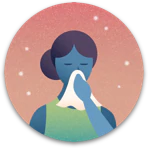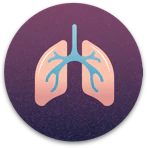
What Causes Poor Air Quality
Air quality varies depending on where you are in the world. In urban environments, air pollution is higher as a result of cars and industrial activities. In indoor settings, dust, dust mites, mold, mold spores, smoke particles, hobbies, and poor outdoor air entering indoor settings can affect the air you breathe. The most common causes of poor air quality can be summarized as emissions from cars and manufacturing, especially when these particles are trapped in the lower atmosphere during winter temperature inversions.
It is important that as you encounter places with poor air quality, you are equipped to protect yourself and your lungs from these airborne particles. A well-fitting mask with proper filtering capabilities can help protect you from these conditions.
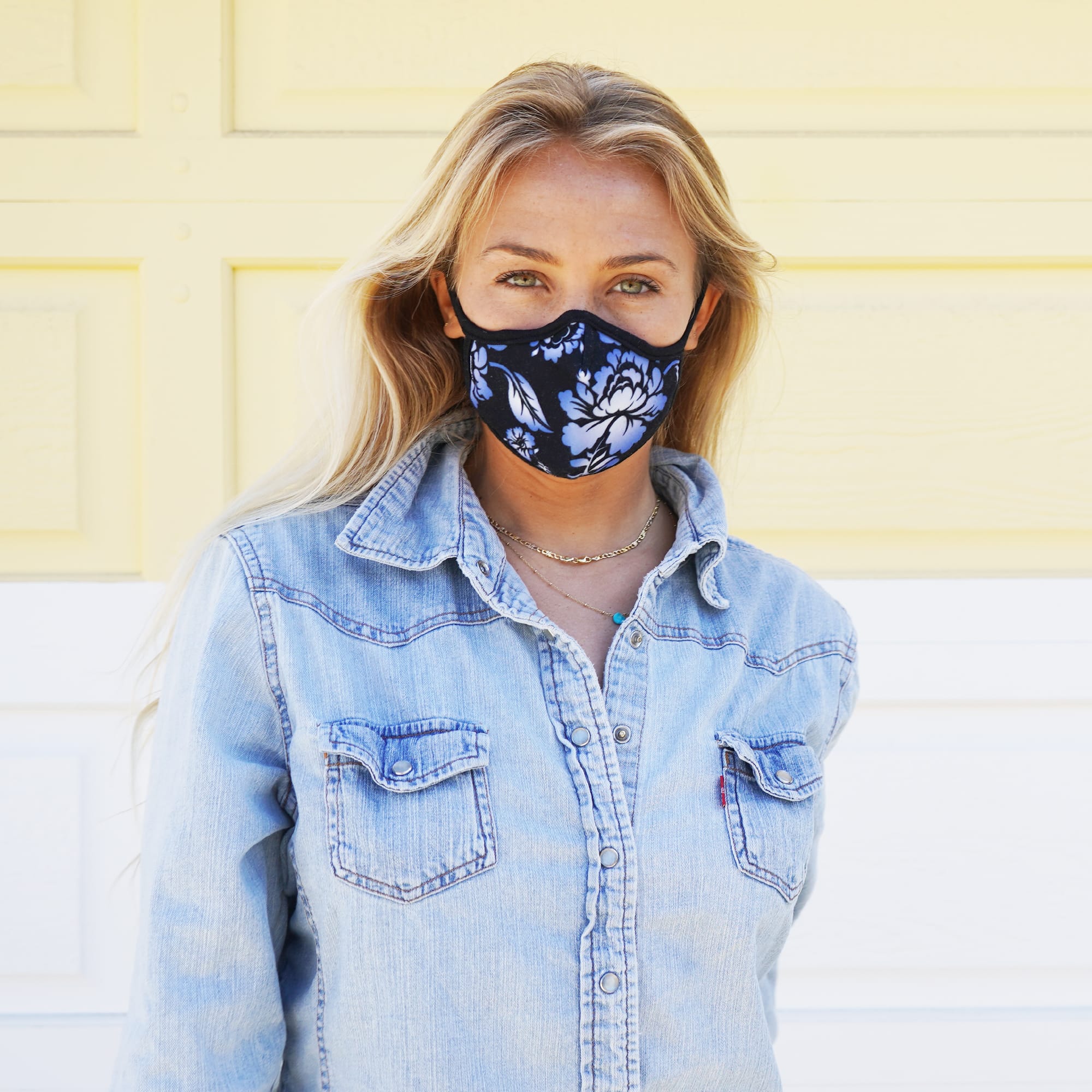
Weather and Climate
While many associate poor air quality with manufacturing emissions, weather and natural phenomena are also contributing factors. Temperature inversions cause pollutants to develop at low altitudes, causing poor air quality which affects the air we breathe.
Winter Temperature Inversions
A winter temperature inversion occurs when cold air gets trapped beneath warm air. This often occurs in big cities and urban areas located in mountain valleys, where emissions caused by pollution and industrial activities get trapped. Thus, the air we breathe becomes concentrated with particles, and the quality of the air we breathe declines.
In the winter months, burning wood becomes more common as a heat source. Wood smoke is a detriment to air quality, as it can release particulate matter into the air. Particles from wood smoke contribute to poor air quality during these inversions.
Wildfires and Smoke
Wildfires are a large-scale example of how post-combustion particles can affect the air quality of an area. Wildfires are a phenomenon that is not predictable. These natural events pose a health concern for people exposed to elevated levels of particulate matter resulting from wildfires.
Wearing a face mask with a proper fit can help protect you from the harmful particles in the air during wildfires.
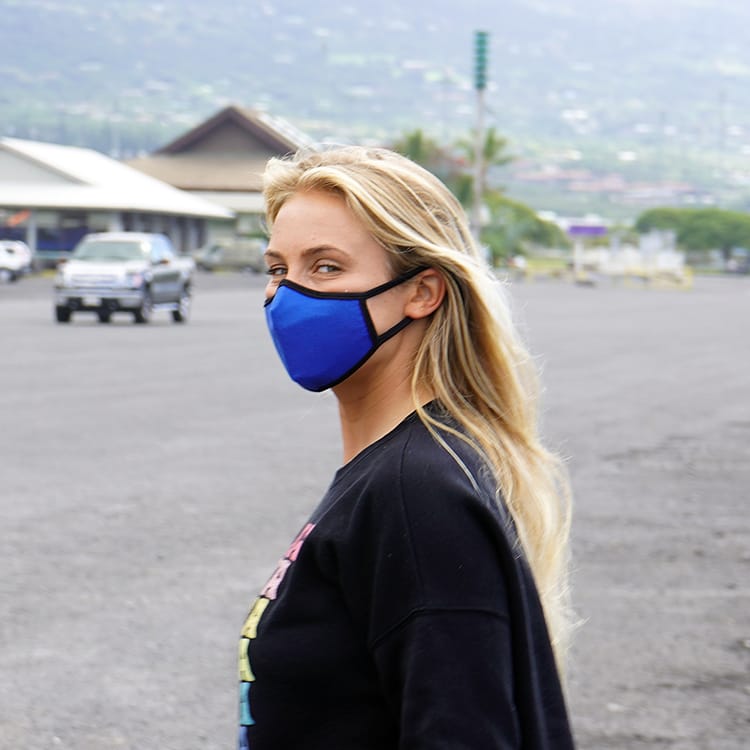
Cars & Manufacturing
Poor air quality is created by the emissions from cars and other manufacturing activities interacting with weather conditions.
In many parts of the world like the United States, the primary mode of transportation is cars. Passenger vehicles combined with trucks and other delivery vehicles mean post-combustion particles being emitted from these engines are released into the air.
At certain times of the year n industrial cities, there is significant air pollution affecting air quality. Until the crisis of hazardous air quality is addressed, we must each protect our own health. Since we all breathe the same air, it is imperative to urgently address the challenges posed by poor air quality. Environmental awareness and resolving the causes of poor air quality is an urgent issue. Your weather app can advise of the air quality index and warnings in your local area. Keeping the particulate matter found in these emissions out of your lungs is central to protecting your health.

Causes of Poor Indoor Air Quality
Poor air quality can occur in indoor settings as well. There are several sources, and knowing the causes can help determine how to protect your health. Air monitoring technology is accessible to measure the Air Quality Index and associated risk level. Masks can help to reduce the risk to your respiratory health from poorly ventilated, excessively humid, or contaminated indoor settings. Americans spend over 90 percent of their time indoors, and poor indoor air quality is considered a concerning environmental health risk.
Dust & Mold
There are many sources of indoor air pollution including outdoor air pollution, fuel-burning appliances, products for household cleaning, central heating, and cooling systems, excess humidity, hobbies, and household projects. Pollen from plants, dust, mold, and other airborne contaminants can become common in indoor settings. Since mold and mold spores may cause an allergic reaction or prolonged sensitivity. it is important to minimize exposure and protect the lungs from indoor air pollutants.
Breathing dust and dust mite particles may pose challenges to your health, especially to those with sensitive lungs. Highly efficient masks can help provide protection to your respiratory system when cleaning, sweeping, using cleaning agents, or cooking.
Weather and Cold Temperatures
Outdoor air pollutants and particles can also have an impact on the air quality of indoor settings. This is especially true for factors relating to weather and events such as wildfires. A 2018 study found that when wildfires occur, there is a correlation with a reduction in indoor air quality.
Additionally, in colder winter months, many homes and buildings use heat sources like wood-burning stoves that release particles that can be harmful to breathe. That, combined with the effects of winter temperature inversions, can reduce indoor air quality.

Effects of Poor Air Quality
The effects of poor air quality on human health and the environment have become a major concern in recent years. The International Agency for Research on Cancer (IARC) has classified outdoor air pollution and particulate matter (PM) in outdoor air pollution as carcinogenic to humans. Additionally, many of the above causes for poor air quality affect both our own health and the health of the planet.
How Does Poor Air Quality Affect Your Health
In the short term, poor air quality can cause immediate irritations such as coughing, shortness of breath, and asthma problems for some. However, continued exposure can cause more serious effects on your health. Long-term exposure could result in a decrease in lung health and more severe respiratory conditions.
When you don’t have the option to avoid poor air, you can take steps to protect yourself from it.
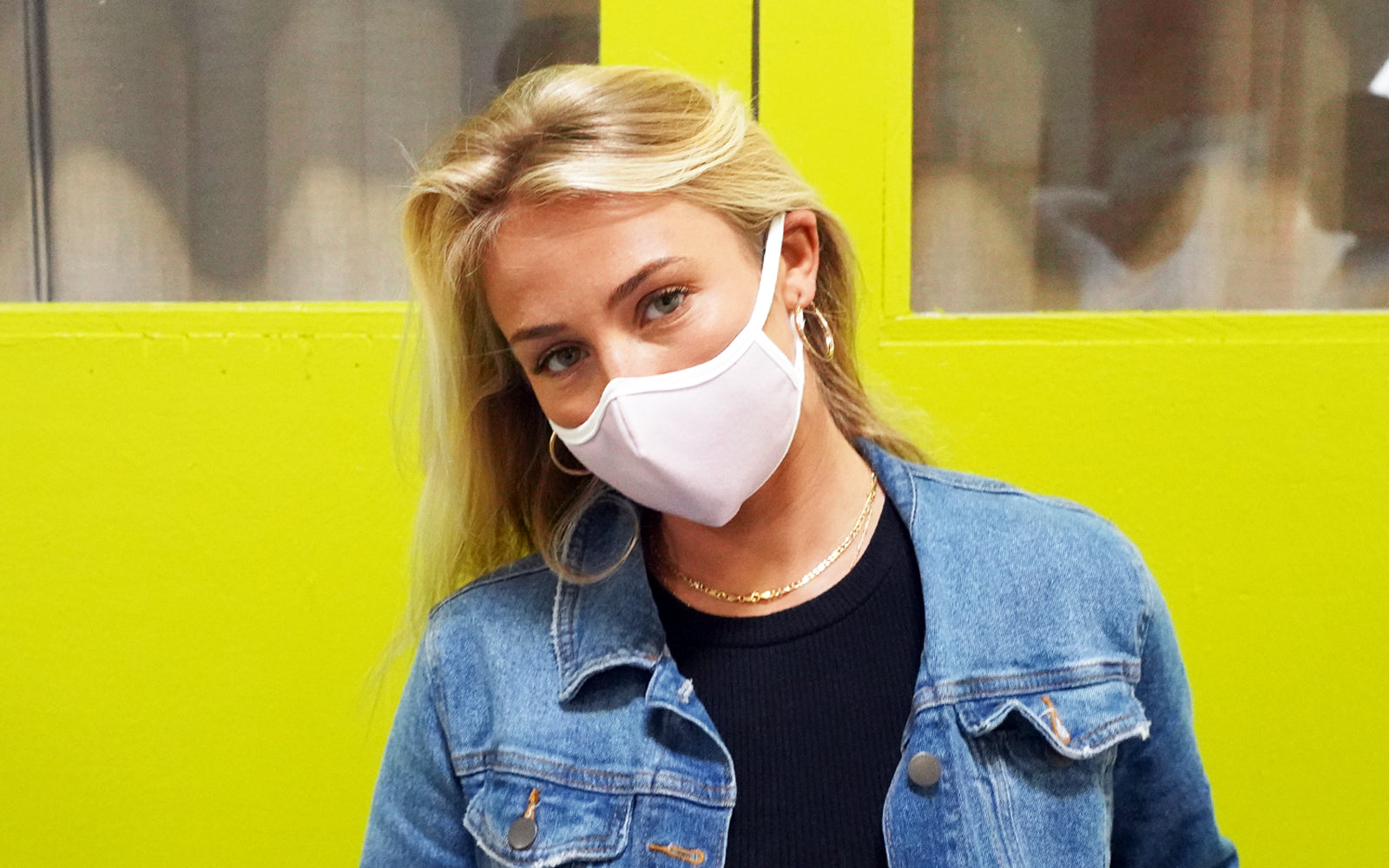
How To Protect From Poor Air Quality
The best way to protect from poor air quality is to prevent inhaling particulate matter through an effective face mask in areas you know have poor air quality.
Monitoring the Air Quality Index is key to staying informed when poor air quality may affect your health so you can modify your activities and take recommended precautions.
Particles are defined by their diameter for air quality regulatory purposes. Particulate matter categories include PM10, PM2. 5, and PM0. 3—solid or liquid airborne particles with diameters of 10 microns or less, 2.5 microns or less, and 0.3 microns or less, respectively.
When traveling, do research on the location you are going to visit to see what the air quality index measures and what precautions to take. If you see it is poor, come prepared with a mask that filters particulate matter properly. If you can’t avoid poor air, protect yourself with a mask.
Best Face Mask for Poor Air Quality
The best face mask for poor air quality is one that fits properly and can efficiently filter microscopic particles from entering your lungs. Air quality that is poor has a high rate of airborne microscopic particles measured with PM 2.5, so traveling with an effective face mask is a valued accessory.
Vogmask tests over 95% Particle Filtering Efficiency with .3 micron mass mean diameter particle, the most penetrating particle size. This is the particle size used to measure for workplace and medical respirators. Both Vogmask VMC and Organic VM Product families are tested for filtering efficiency, breathability in safety range, suitable material components, reusability, and excellent fit.


